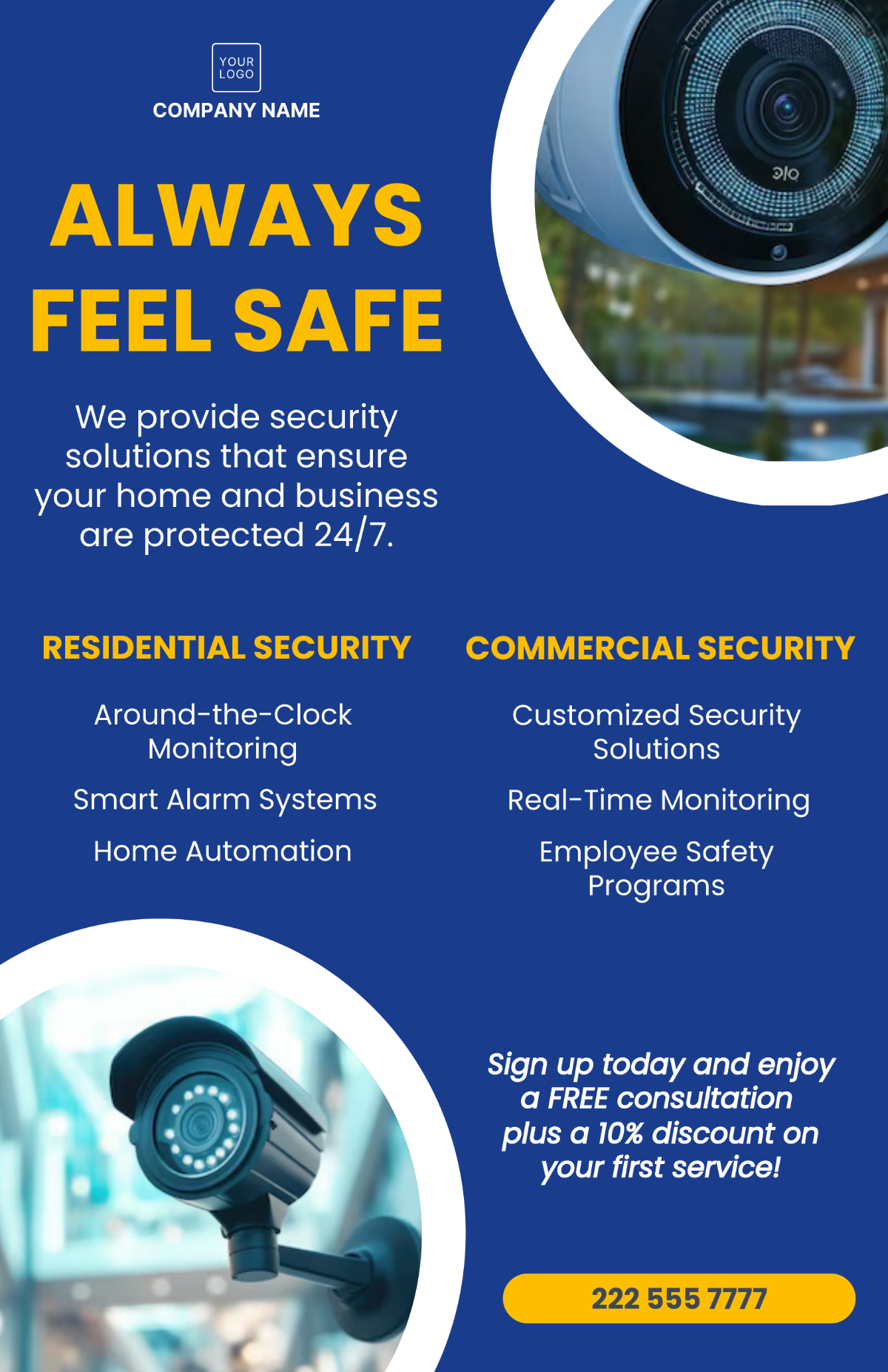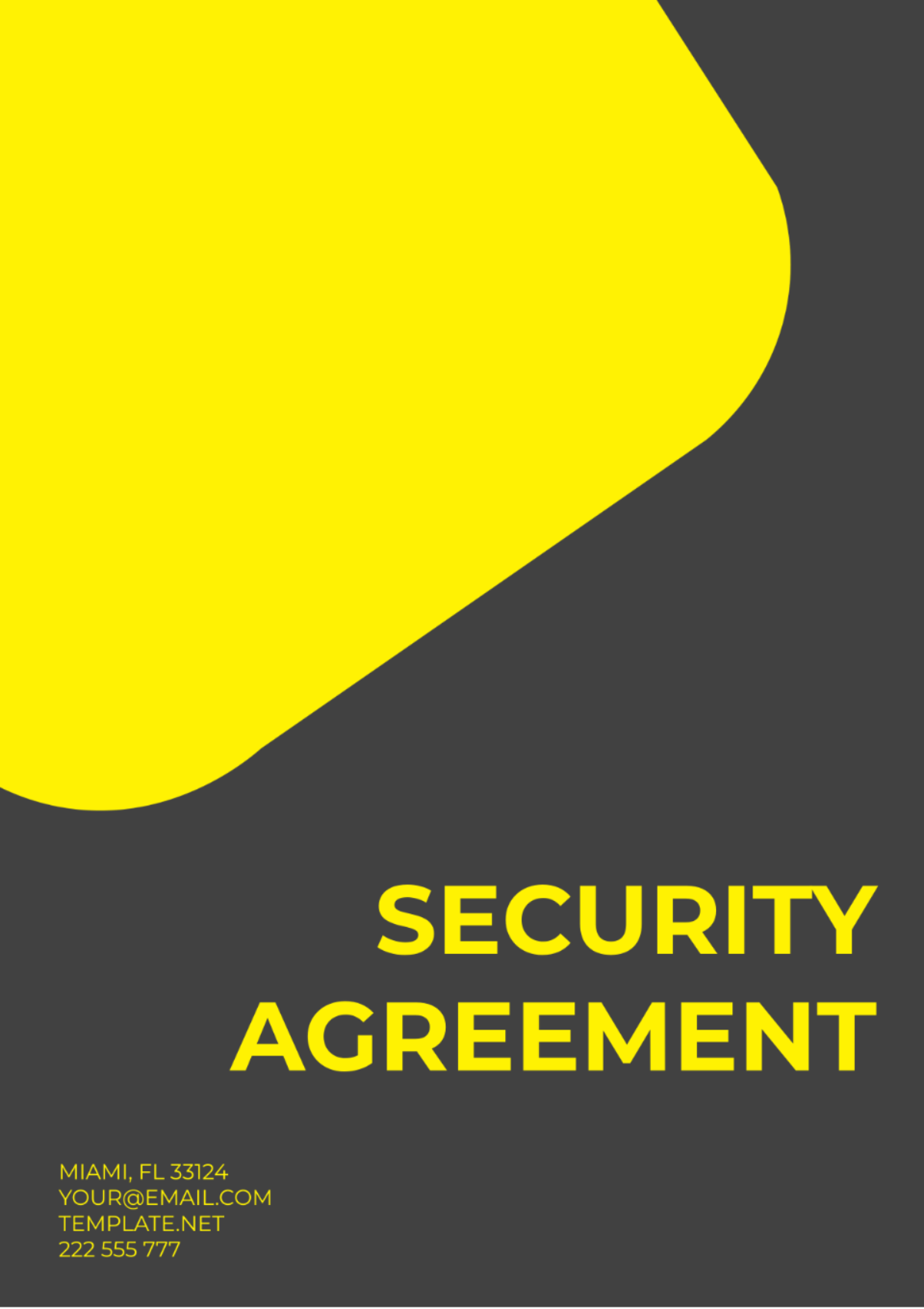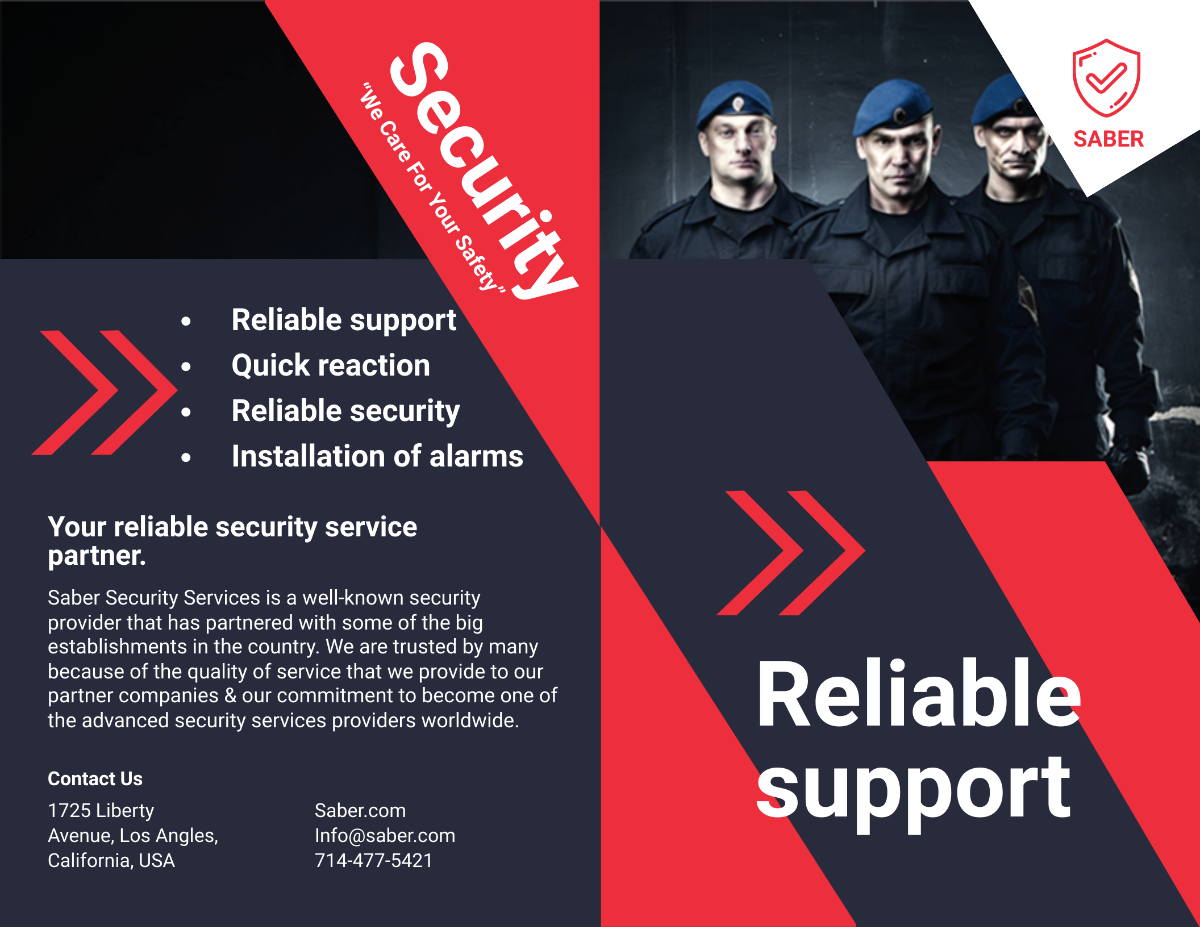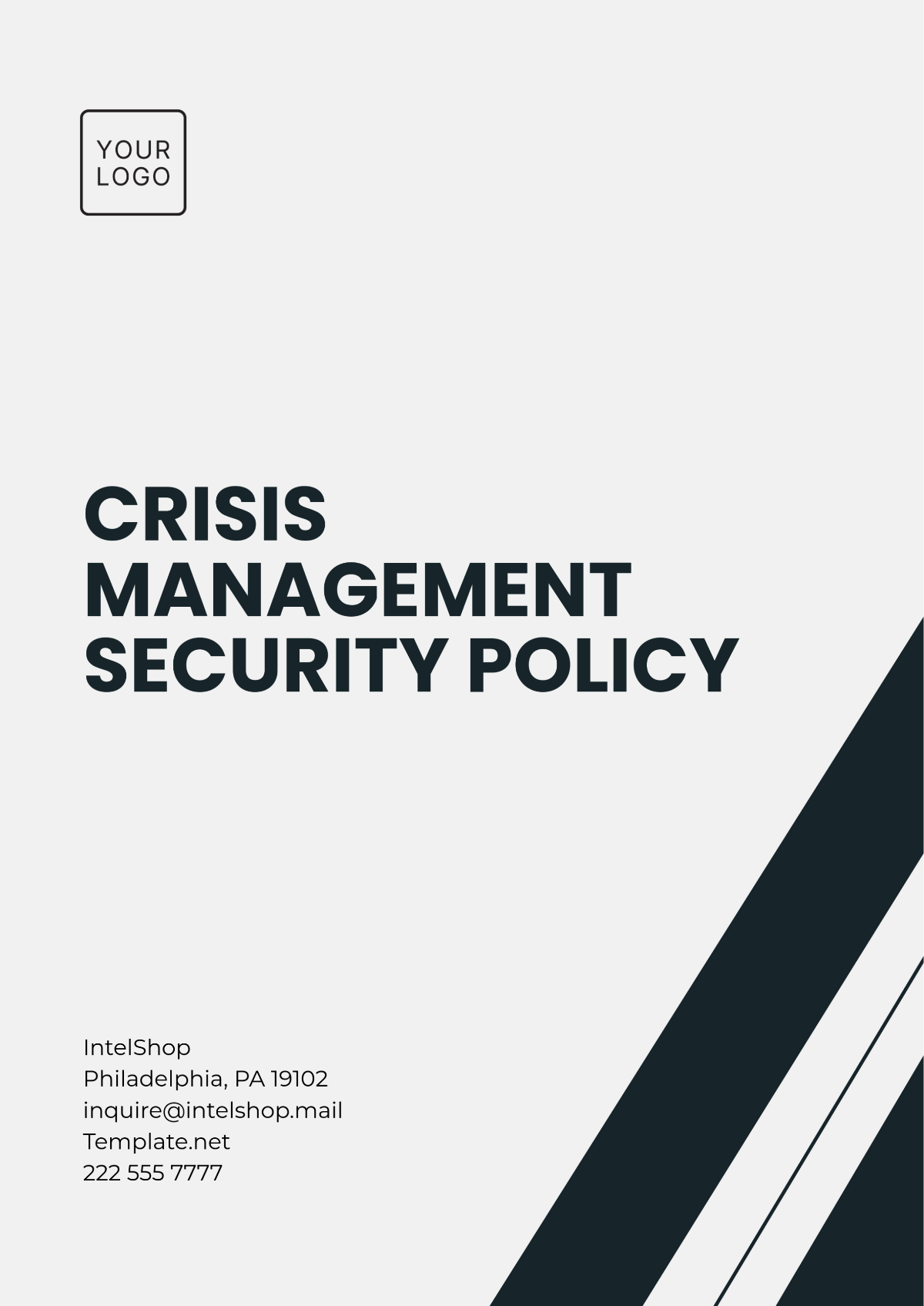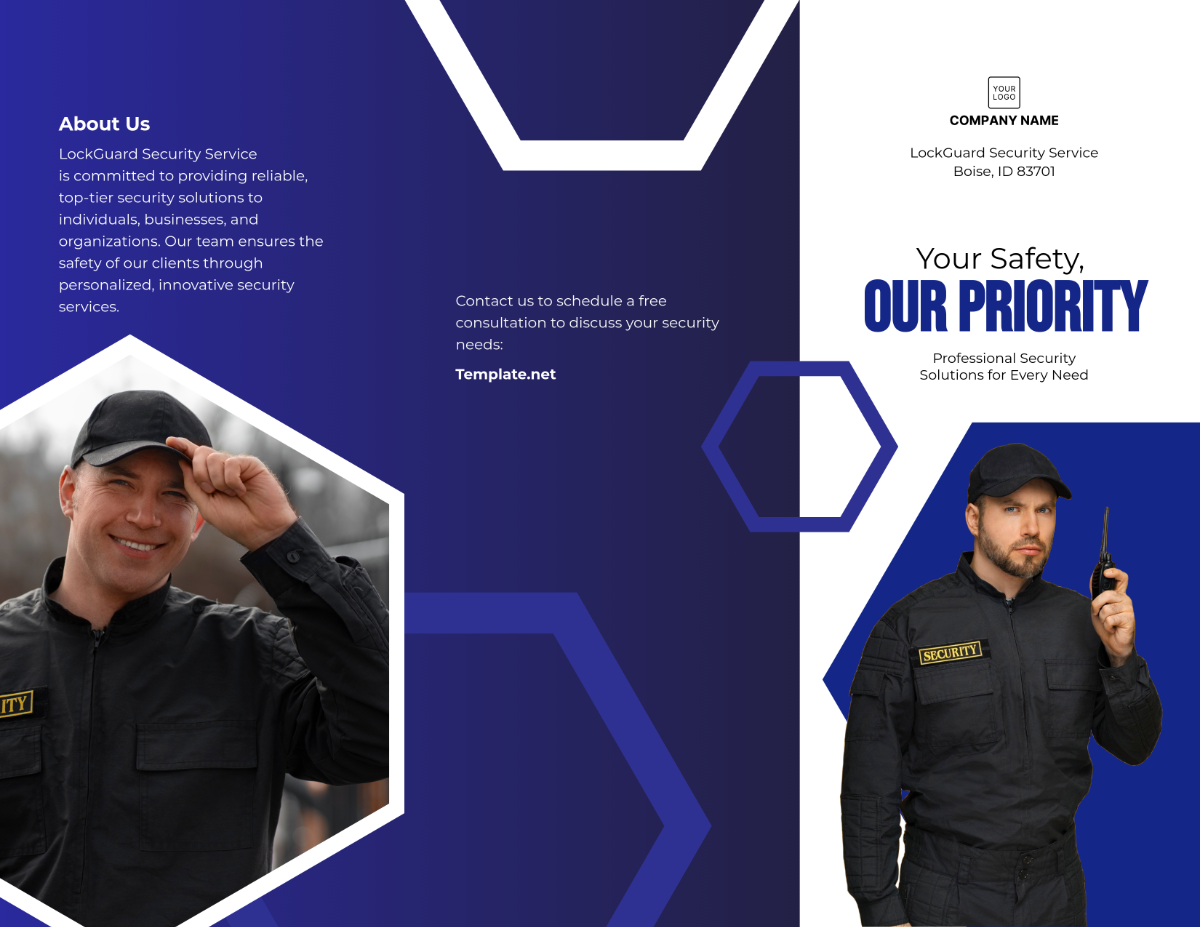Campus Security Rules
I. Introduction
Ensuring safety and security within an educational institution is paramount for fostering a conducive learning environment. Effective guidelines and protocols are essential for handling emergencies, managing access, and maintaining a secure campus. This document outlines the comprehensive procedures and practices designed to safeguard students, staff, and visitors.
II. Emergency Response Procedures
A. Emergency Contact Information
Emergency Services: Ensure the contact numbers for local emergency services (police, fire department, medical services) are prominently displayed and accessible.
Internal Emergency Contacts: Designate key personnel (e.g., campus security, and emergency coordinators) and provide their contact information to all members of the institution.
B. Emergency Evacuation Plans
Evacuation Routes: Mark all evacuation routes and exits. Regularly update maps and ensure they are visible in all key areas.
Assembly Points: Designate safe assembly points outside the building where students and staff should gather after evacuating.
Drills: Conduct regular evacuation drills to familiarize students and staff with procedures and ensure efficiency.
C. Lockdown Procedures
Lockdown Alerts: Establish a clear method for issuing lockdown alerts, such as alarms or notifications.
Securing Areas: Procedures for locking doors, covering windows, and securing classrooms should be well-defined.
Communication: Ensure there are protocols for communicating during a lockdown, including the use of intercom systems and digital platforms.
D. Medical Emergencies
First Aid: Provide first aid training for staff and ensure first aid kits are accessible in key locations.
Medical Protocols: Develop procedures for dealing with medical emergencies, including contact information for on-site medical staff.
III. Access Management
A. Controlled Access
Identification Badges: Require students, staff, and visitors to wear identification badges at all times.
Access Cards: Implement access card systems for entry into secure areas, with procedures for issuing and deactivating cards.
B. Visitor Management
Check-In Procedures: Establish a visitor check-in system, including signing in at the main office and receiving visitor badges.
Escort Policies: Ensure visitors are escorted by a staff member when accessing areas beyond the main office.
C. Security Personnel
Roles and Responsibilities: Clearly define the roles and responsibilities of security personnel, including patrolling, monitoring surveillance, and responding to incidents.
Training: Provide regular training for security personnel on emergency response, conflict resolution, and safety protocols.
IV. Maintaining a Secure Environment
A. Surveillance Systems
Cameras: Install and maintain surveillance cameras in strategic locations, such as entrances, hallways, and parking lots.
Monitoring: Ensure continuous monitoring of surveillance feeds and establish procedures for reviewing footage as needed.
B. Building Security
Lighting: Ensure adequate lighting in all key areas, including parking lots, pathways, and building entrances.
Physical Barriers: Install physical barriers, such as fences and gates, where appropriate to limit unauthorized access.
C. Reporting and Response
Incident Reporting: Develop a system for reporting security incidents, including forms and protocols for documenting and addressing issues.
Response Procedures: Establish procedures for responding to reported incidents, including investigating, mitigating, and communicating outcomes.
D. Training and Awareness
Staff Training: Provide regular training for all staff on safety and security protocols, including emergency procedures and personal safety.
Student Awareness: Conduct awareness programs for students to educate them about safety measures, reporting procedures, and personal security practices.
E. Policy Review and Updates
Regular Review: Regularly review and update safety and security policies to address new risks and incorporate feedback from drills and incidents.
Feedback Mechanism: Establish a mechanism for receiving and addressing feedback from students, staff, and security personnel regarding safety and security protocols.
V. Conclusion
By implementing and adhering to these comprehensive guidelines and protocols, educational institutions can significantly enhance the safety and security of their campus environment. Regular training, effective communication, and continuous review of procedures are essential for maintaining a secure and supportive educational setting.

















